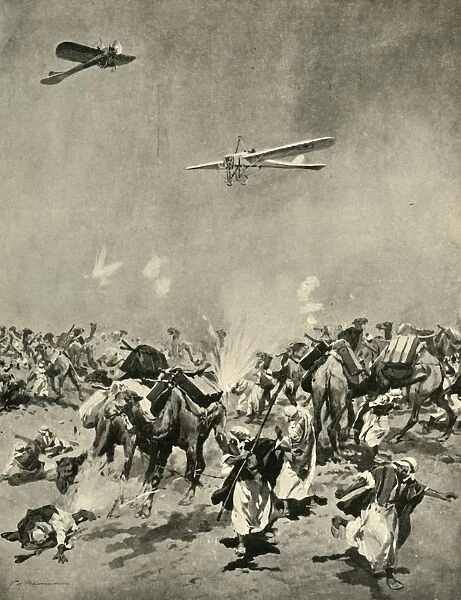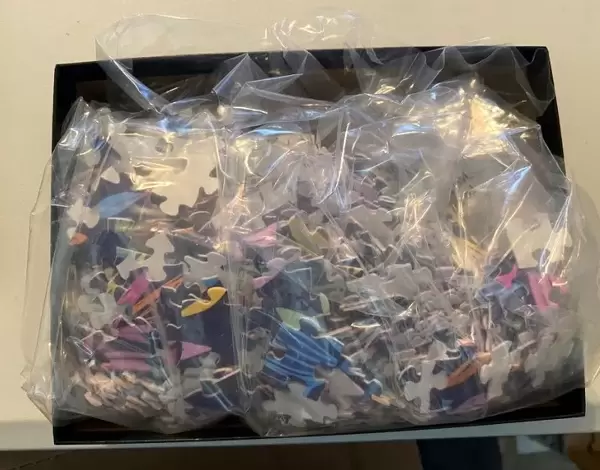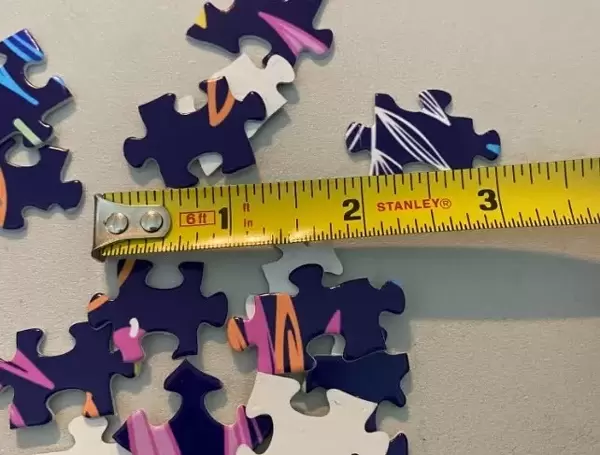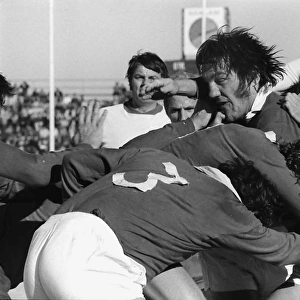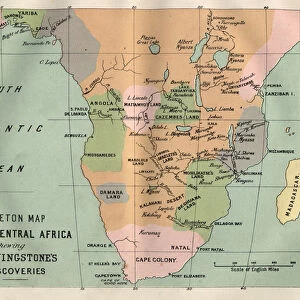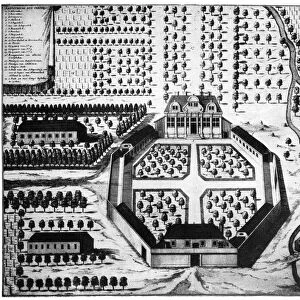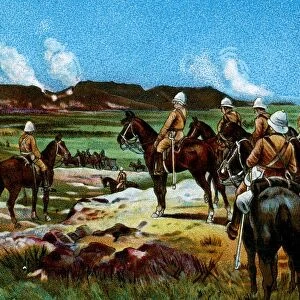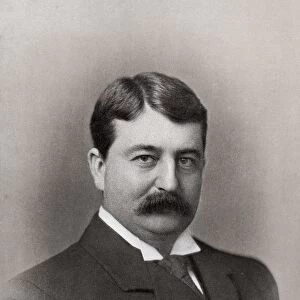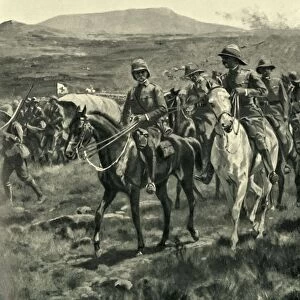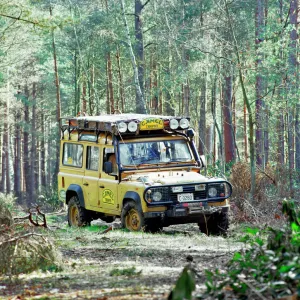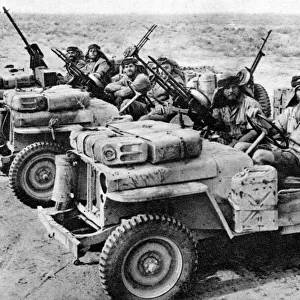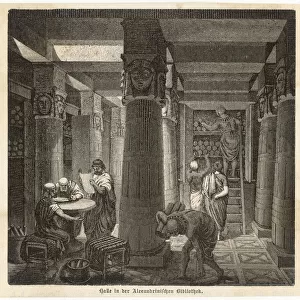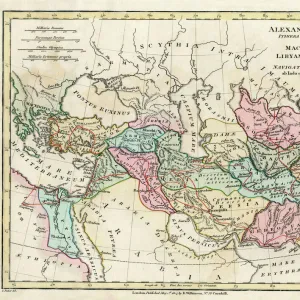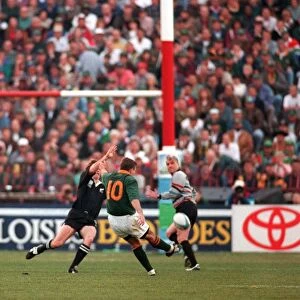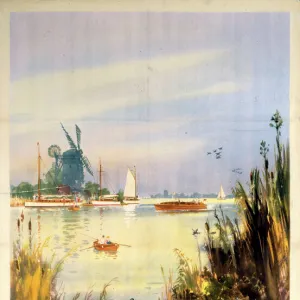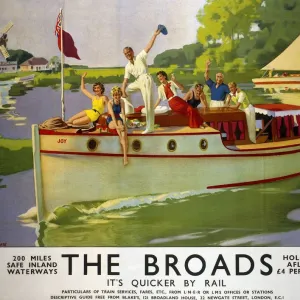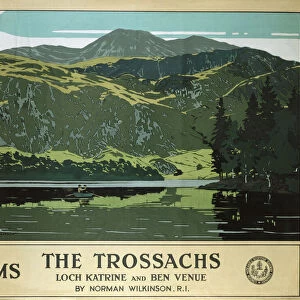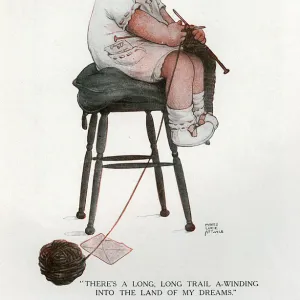Jigsaw Puzzle > Europe > United Kingdom > England > London > Towns > Welling
Jigsaw Puzzle : Ships of the Air versus Ships of the Desert, First World War, (c1920). Creator: Unknown
![]()

Jigsaw Puzzles From Heritage Images
Ships of the Air versus Ships of the Desert, First World War, (c1920). Creator: Unknown
Ships of the Air versus Ships of the Desert, First World War, (c1920). British aeroplanes bombing a Senussi camel convoy laden with ammunition...The sketch by a British officer from which the drawing was made was accompanied by the following note: " In the region of Baharia Wells, south of Dabaa, one of the four great wells in the desert between Alexandria and Matruh, two of our aeroplanes accomplished a very hazardous feat in dropping bombs on a Senussi village and demolishing a camel convoy. Some camels were laden with high-explosives, and violent explosions occurred, causing great damage." The Senussi campaign was fought by the Kingdom of Italy and the British Empire against the Senussi, a religious order in Libya and Egypt, from November 1915 to February 1917. Drawn by F. de Haenen. From " The Great World War: A History", Volume V, edited by Frank A Mumby. [The Gresham Publishing Company Ltd, London, c1920]
Heritage Images features heritage image collections
Media ID 19665745
© The Print Collector/Heritage Images
A History Aeroplane Aeroplanes Air Force Airplane Arab Arabs Bombing Camel Camels De Haenen De Haenen Frederic Desert Frank A Frank A Mumby Frank Arthur Frank Arthur Mumby Frederic Frederic De Haenen Gresham Publishing Co Ltd Gresham Publishing Company Haenen Frederic De Keystone Archives Mumby Mumby Frank A Mumby Frank Arthur North Africa Plane Planes Royal Flying Corps The Great World War The Great World War A History Air Transport Haenen
Jigsaw Puzzle (520 Pieces)
Step into history with Media Storehouse's captivating jigsaw puzzle, featuring an intriguing contrast between "Ships of the Air" and "Ships of the Desert" from the First World War era. This enchanting puzzle, drawn from an original sketch by an unknown British officer, transports you back in time as you piece together the image of British aeroplanes engaging in a daring attack on a Senussi camel convoy laden with ammunition in the desert. Unravel the mystery of this thrilling historical moment and immerse yourself in the rich tapestry of the past. Unknown origins add to the puzzle's allure, making it a fascinating addition to any collection. Engage your mind and embark on an adventure with Media Storehouse's Ships of the Air versus Ships of the Desert puzzle.
Made in the USA, 520-piece puzzles measure 16" x 20" (40.6 x 50.8 cm). Every puzzle is meticulously printed on glossy photo paper, which has a strong 1.33 mm thickness. Delivered in a black storage cardboard box, these puzzles are both stylish and practical. (Note: puzzles contain small parts and are not suitable for children under 3 years of age.)
Jigsaw Puzzles are an ideal gift for any occasion
Estimated Product Size is 40.5cm x 50.8cm (15.9" x 20")
These are individually made so all sizes are approximate
Artwork printed orientated as per the preview above, with landscape (horizontal) or portrait (vertical) orientation to match the source image.
FEATURES IN THESE COLLECTIONS
> Africa
> Egypt
> Alexandria
> Africa
> Libya
> Related Images
> Africa
> South Africa
> Related Images
> Animals
> Mammals
> Muridae
> Desert Mouse
> Arts
> Artists
> H
> Frederic de Haenen
> Arts
> Artists
> W
> Frank Weller
> Europe
> United Kingdom
> England
> London
> Royalty
> Europe
> United Kingdom
> England
> London
> Towns
> Welling
> Historic
> World War I and II
EDITORS COMMENTS
This print titled "Ships of the Air versus Ships of the Desert" captures a pivotal moment during the First World War. Taken around 1920, it depicts British aeroplanes bombing a Senussi camel convoy loaded with ammunition in the region of Baharia Wells, south of Dabaa. The sketch from which this drawing was made was accompanied by a note written by a British officer who witnessed the event firsthand. He describes how two brave aeroplanes undertook an incredibly dangerous mission to demolish a Senussi village and destroy their camel convoy. Some camels were carrying high-explosives, resulting in violent explosions that caused significant damage. The context behind this image lies within the larger Senussi campaign fought between November 1915 and February 1917. The Kingdom of Italy and the British Empire joined forces against the Senussi, who were a religious order based in Libya and Egypt at that time. Drawn by F. de Haenen and featured in "The Great World War: A History" edited by Frank A Mumby, this print offers us a glimpse into one small but impactful episode during this historic conflict. It serves as a reminder of both the ingenuity displayed by aviators during wartime and the harsh realities faced on both land and air fronts alike.
MADE IN THE USA
Safe Shipping with 30 Day Money Back Guarantee
FREE PERSONALISATION*
We are proud to offer a range of customisation features including Personalised Captions, Color Filters and Picture Zoom Tools
SECURE PAYMENTS
We happily accept a wide range of payment options so you can pay for the things you need in the way that is most convenient for you
* Options may vary by product and licensing agreement. Zoomed Pictures can be adjusted in the Basket.


